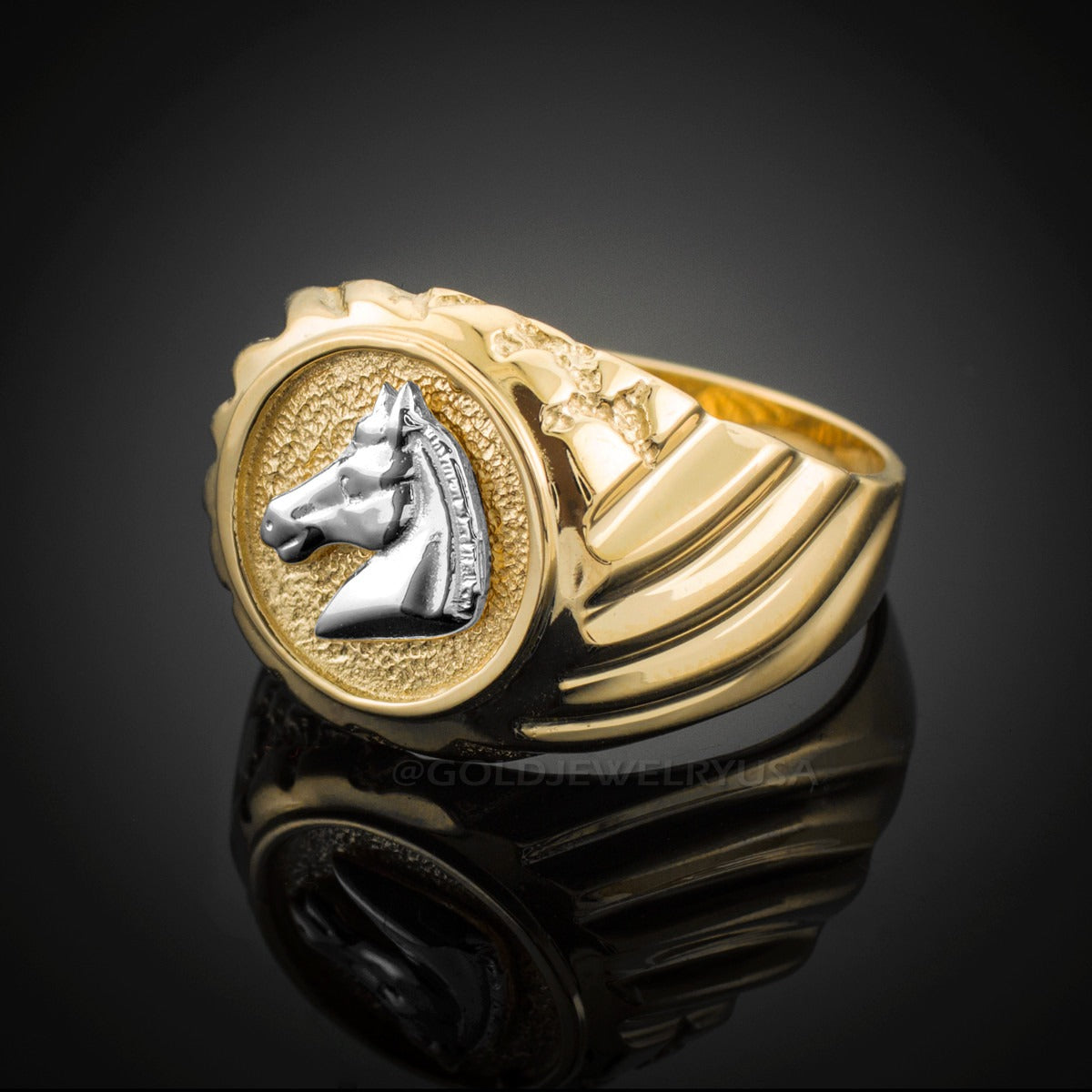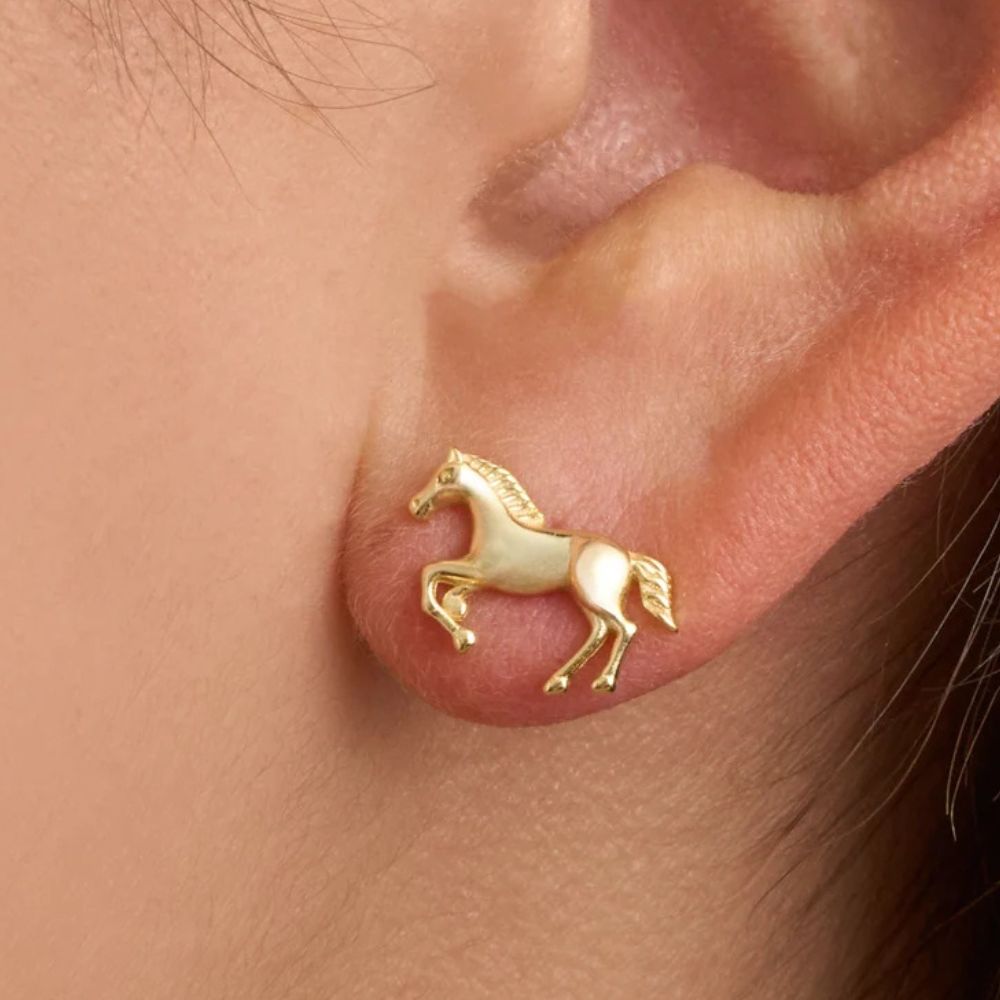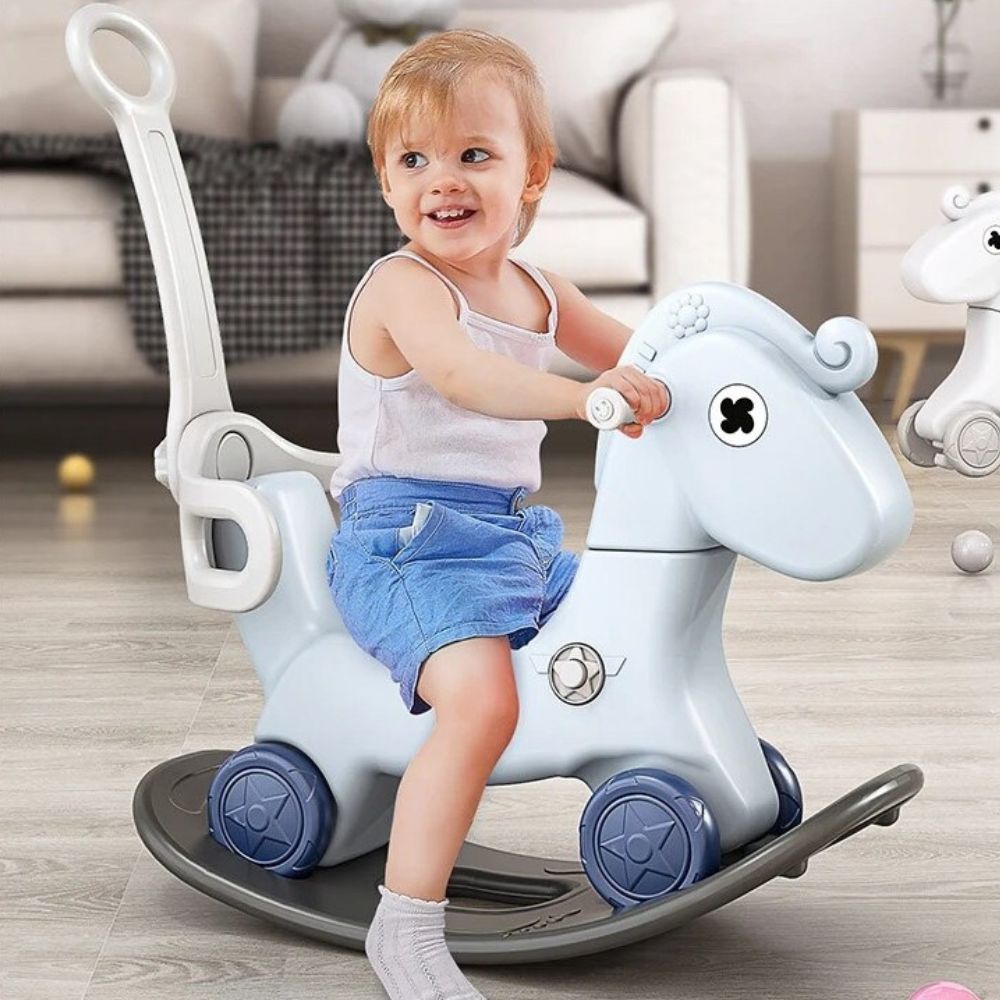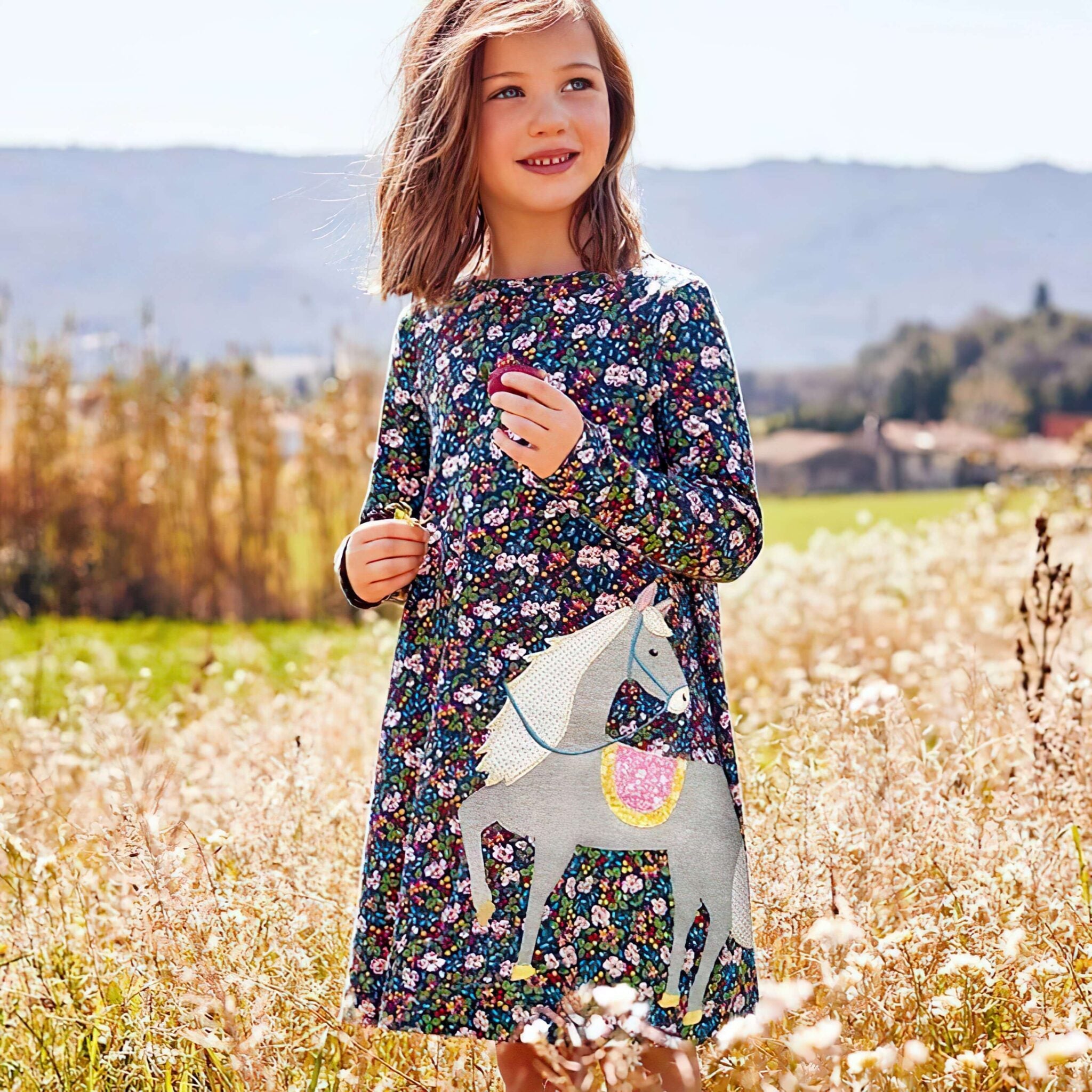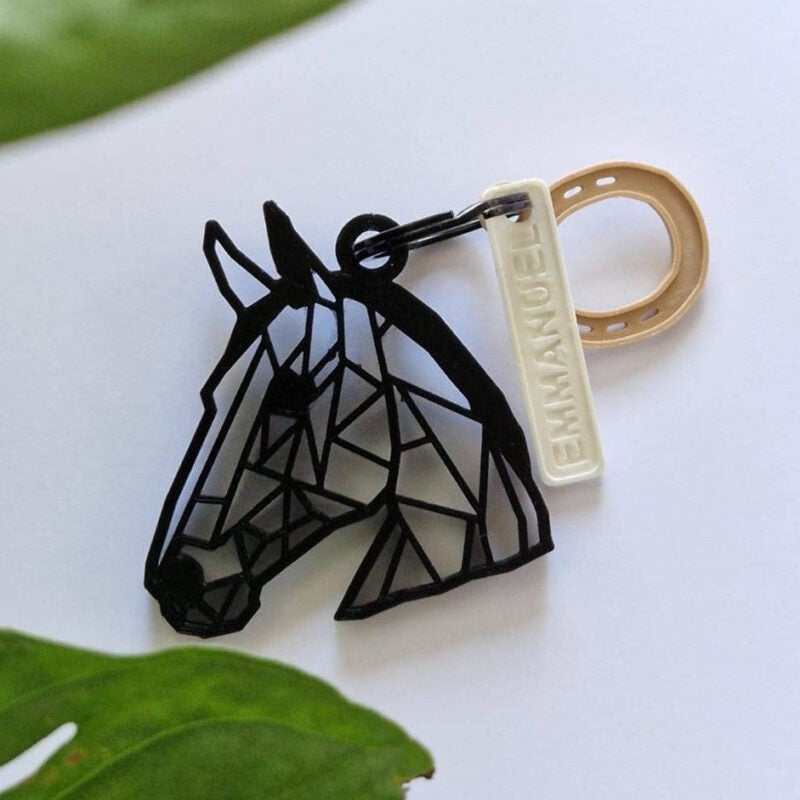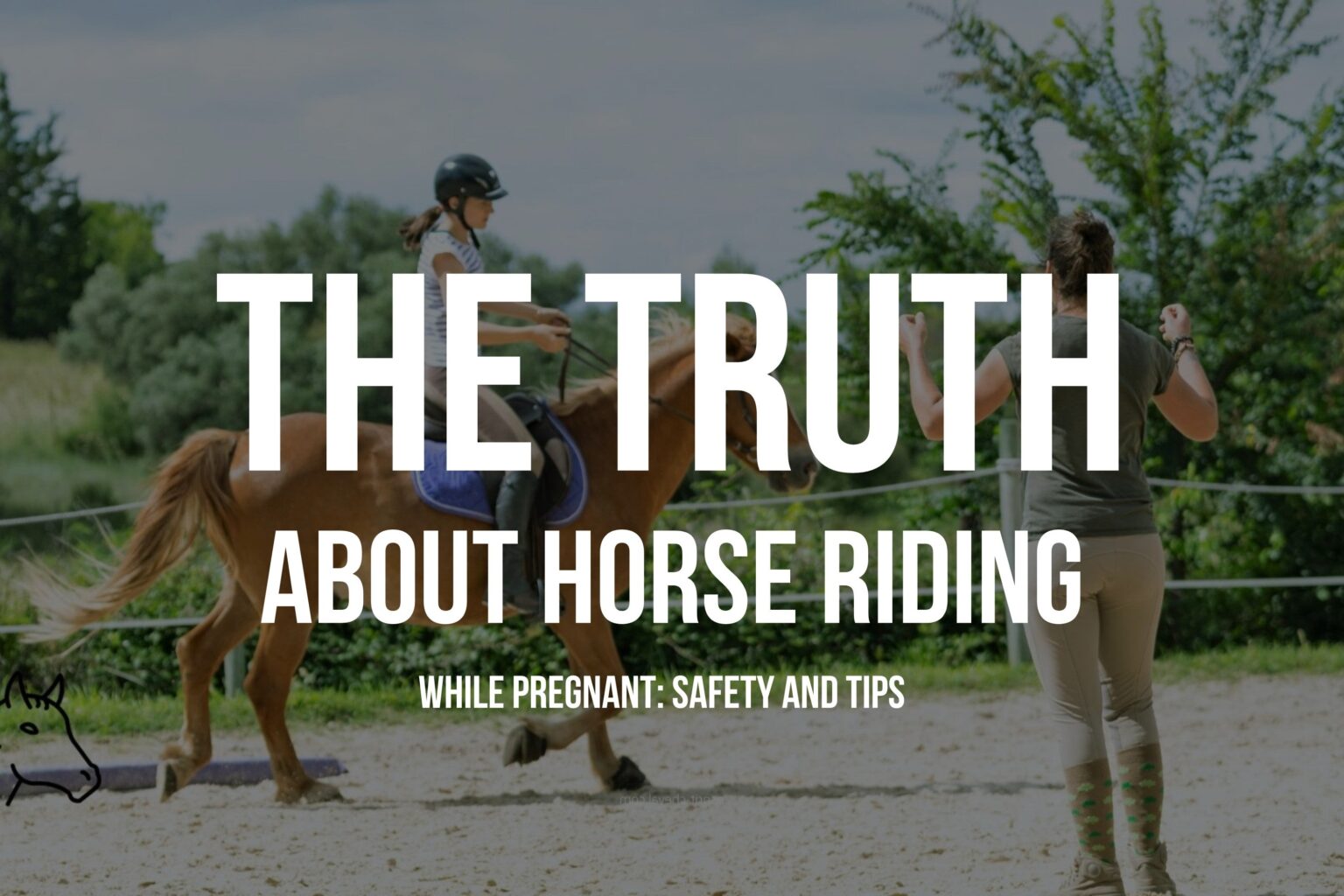
Can you Ride a Horse While Pregnant?
Horse riding during pregnancy stirs a mix of concern and curiosity. This article delves deep into the nuances of this subject, balancing professional insights with a conversational tone. The aim is to provide a thorough, yet engaging read, weaving in statistics, expert opinions, and relatable anecdotes.
Introduction: Can You Ride a Horse While Pregnant?
Pregnancy introduces an array of lifestyle adjustments, particularly for those passionate about equestrian pursuits. The question of whether it’s safe to continue horse riding while pregnant is more complex than a mere yes or no. It intertwines the intricacies of maternal health, the inherent risks associated with horseback riding, and the unique demands of pregnancy.
Riding a horse, a physically engaging and demanding activity, demands careful consideration during pregnancy. The primary concern revolves around the safety of both the mother and the unborn child. Factors such as the stage of pregnancy, the rider’s experience, the horse’s temperament, and the type of riding are pivotal in making this decision.
Moreover, understanding the body’s changes during pregnancy is crucial. Pregnancy alters a woman’s center of gravity and hormonal balance, impacting her stability and reflexes – factors critical in riding. This necessitates a nuanced approach, balancing the joy of riding with the paramount importance of safety.
Ultimately, consulting with healthcare professionals is essential. Obstetricians or midwives can provide personalized advice based on individual health profiles and pregnancy progression. This introduction sets the stage for a deeper exploration into the risks and considerations of horse riding during pregnancy.
➤ Also Read: Can Horses Eat Grapes? Understanding the Benefits and Risks
Chapter 1: Understanding the Risks of Horse Riding During Pregnancy
Horse riding, a sport synonymous with balance, coordination, and a bit of unpredictability, presents specific challenges and risks during pregnancy. These risks are not just hypothetical but are grounded in the physiological and hormonal changes that occur during pregnancy, affecting a woman’s ability to ride safely.
Firstly, hormonal changes, particularly the increase in relaxin, affect joint stability. Relaxin, crucial for childbirth, loosens ligaments and joints, potentially diminishing a rider’s stability and control. This increased laxity not only raises the
risk of falls but also might lead to joint injuries, which are more likely during pregnancy due to the altered biomechanics of the body.
Furthermore, the shifting center of gravity as the pregnancy progresses can significantly impact balance. This change, subtle at first, becomes more pronounced, especially in the second and third trimesters. A rider’s ability to maintain balance on a moving horse becomes increasingly challenging, raising the risk of falls or mishaps.
Additionally, the risk extends beyond the physical act of riding. The environment around horse riding – such as the stable and the riding arena – presents potential hazards. Activities like grooming or tacking up a horse can lead to accidental injuries due to the unpredictable nature of horses, who might kick, bite, or startle.
The risk of falling is another major concern. A fall from a horse can be dangerous, even more so during pregnancy. The impact can harm both the mother and the unborn child, with the severity depending on the height of the fall, the landing surface, and the stage of pregnancy.
Moreover, there’s a risk to the developing fetus directly from the riding activity. Jarring motions and the pressure exerted on the abdomen while riding, especially at faster gaits or over uneven terrain, can potentially impact fetal health.
It’s also important to consider the psychological aspect. The stress and anxiety of riding while worrying about safety can detract from the enjoyment of the sport and potentially impact maternal well-being.
Frequently Asked Questions
- Is it safe to ride a horse in the first trimester? Answer: Discusses the relative safety and considerations during the first trimester.
- What are the signs to stop riding during pregnancy? Answer: Highlights physical and medical indicators that necessitate stopping.
- How can I minimize risk while riding? Answer: Offers tips on reducing risks, like choosing calm horses and avoiding strenuous activities.
- Are there specific equestrian activities to avoid? Answer: Lists high-risk equestrian activities that pregnant women should avoid.
- Can riding affect my baby’s health? Answer: Explores the potential impact of horse riding on fetal health, referencing medical studies.
Conclusion
In conclusion, riding a horse while pregnant is a decision that hinges on individual health, pregnancy progress, and risk assessment. It’s imperative to consult healthcare professionals and prioritize safety. Remember, every pregnancy is unique, and what works for one may not be suitable for another.









